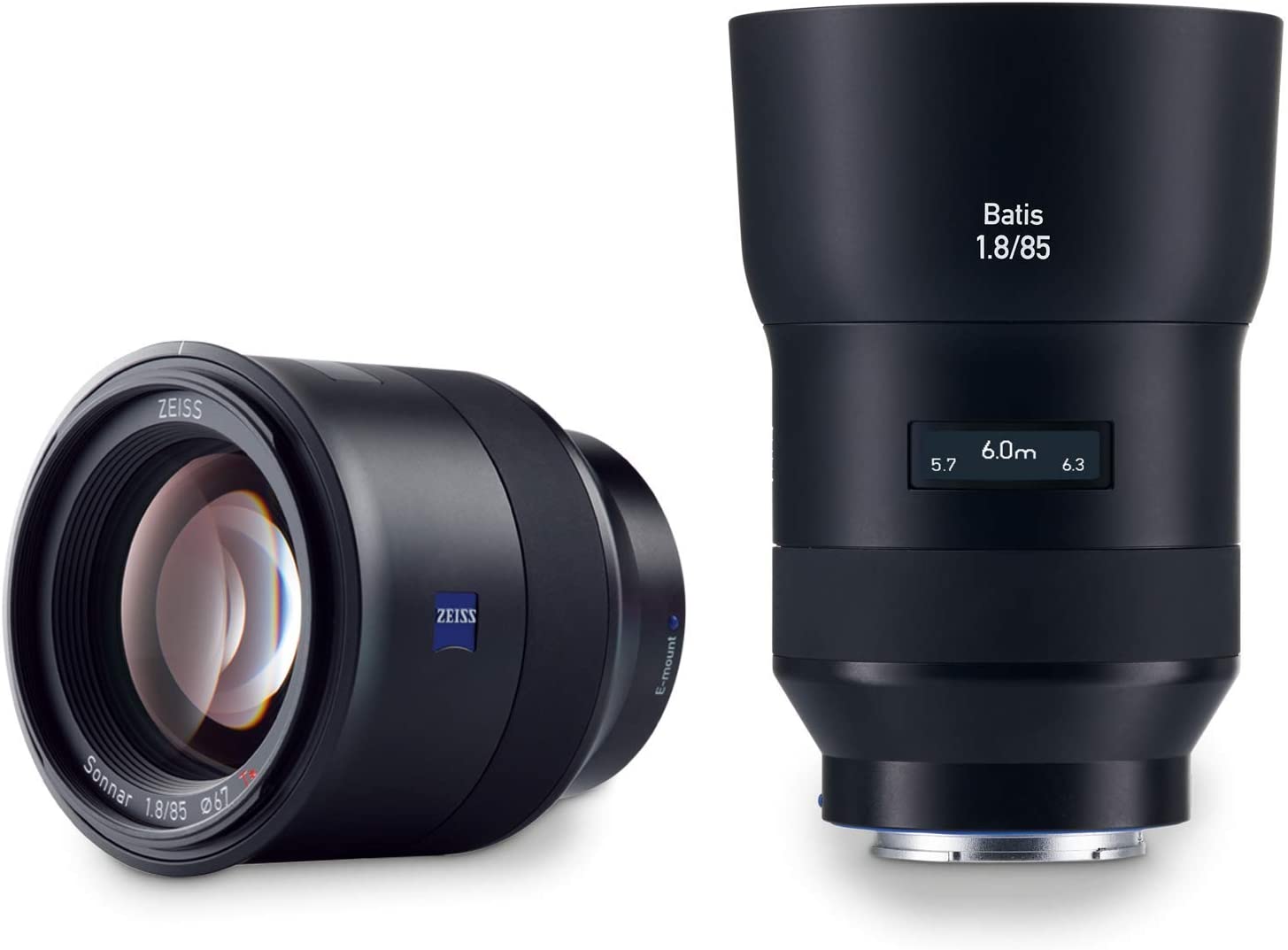ATMOSPHERIC RAILWAY DALKEY
The Atmospheric Railway ran to Dalkey for 11 years.
The Dalkey Atmospheric Railway was an extension of the Dublin and Kingstown Railway to Atmospheric Road in Dalkey. It used part of the Dalkey Quarry industrial tramway, which was earlier used for the construction of Kingstown (Dún Laoghaire) Harbour. It was the first railway of its type in the world.
The Dalkey Atmospheric Railway was an extension of the Dublin and Kingstown Railway to Atmospheric Road in Dalkey. It used part of the Dalkey Quarry industrial tramway, which was earlier used for the construction of Kingstown (Dún Laoghaire) Harbour. It was the first railway of its type in the world.
The standard gauge line was 9,200 feet (2,800 m) in length with an average uphill gradient of about 1 in 110. Vacuum power via a 15-inch (380 mm) pipe was used for the ascent to Dalkey, speeds of up to 40 mph (64 km/h) being achieved, and the return journey was by means of gravity. The vacuum tube fell 560 yd (512 m) short of the Dalkey station, and the train relied on momentum for the last stretch of the journey. To commence the journey to Kingstown the train had to be pushed by hand until the piston engaged with the tube. The success of the railway led to reports that plans were drawn up in 1843 to extend the line to Bray, however this did not come to fruition.
William Dargan was the contractor and Charles Vignoles the engineer. The atmospheric equipment was supplied by Samuel Clegg and Jacob and Joseph Samuda. The vacuum was provided by a 100H.P. single cylinder steam engine at Dalkey. This was a condensing engine with steam supplied at 40psi. The steam cylinder was 34.5 inches in diameter and the air pump 67 inches diameter, both with 5.5ft stroke and capable of 22 strokes per minute. This engine was claimed to be suitable for a 6-mile stretch of railway, and was therefore lightly loaded.
Trains ran every half-hour between 8:00am and 6:00pm. Some clue as to the size of the trains can be obtained from the study carried out from the French Government in 1843. A train of 38 tons gross weight was described which comprised 7 carriages and carried 200 people, and in subsequent tests train weights of up to 70 tons are reported. The journey to Dalkey could be completed in just over 3 minutes with the speed being limited by the need to brake for curves on the line, and speeds of over 40mph could be reached.
In 1854 the line was closed to allow for conversion to 1,600 mm (5 ft 3 in) (Irish gauge) and thus integration into the Dublin and South Eastern Railway.
William Dargan was the contractor and Charles Vignoles the engineer. The atmospheric equipment was supplied by Samuel Clegg and Jacob and Joseph Samuda. The vacuum was provided by a 100H.P. single cylinder steam engine at Dalkey. This was a condensing engine with steam supplied at 40psi. The steam cylinder was 34.5 inches in diameter and the air pump 67 inches diameter, both with 5.5ft stroke and capable of 22 strokes per minute. This engine was claimed to be suitable for a 6-mile stretch of railway, and was therefore lightly loaded.
Trains ran every half-hour between 8:00am and 6:00pm. Some clue as to the size of the trains can be obtained from the study carried out from the French Government in 1843. A train of 38 tons gross weight was described which comprised 7 carriages and carried 200 people, and in subsequent tests train weights of up to 70 tons are reported. The journey to Dalkey could be completed in just over 3 minutes with the speed being limited by the need to brake for curves on the line, and speeds of over 40mph could be reached.
In 1854 the line was closed to allow for conversion to 1,600 mm (5 ft 3 in) (Irish gauge) and thus integration into the Dublin and South Eastern Railway.
THE GREEN MENU OPTIONS ARE MOBILE FRIENDLY AND ARE FASTER SO THEY ARE RECOMMENDED. THE RED MENU OPTIONS ARE SOMEWHAT SLOWER DEPENDING ON YOUR DEVICE OR BROWSER AND ARE MORE SUITABLE FOR DESKTOPS AND LAPTOPS. THE BLUE OPTIONS ARE PAGE LINKS AND WILL BE PHASED OUT GOING FORWARD
Commercial DisclosurePLEASE NOTE THAT LINKS BELOW MAY REDIRECT YOU TO THE AMAZON LOCATION MOST LIKELY TO SHIP TO YOUR ADDRESS
You will find links to buy products from Amazon, Google and other partners. If you click on these links, you’ll find that the URL includes a small extra piece of text which identifies that the click came from my websites. This text is an affiliate code, and it means that I get a small percentage of the money you spend if you choose to buy that product, or, in some cases, other products from the site soon after. These affiliate links help pay the costs of producing my websites and ensure that the content is free to you.

